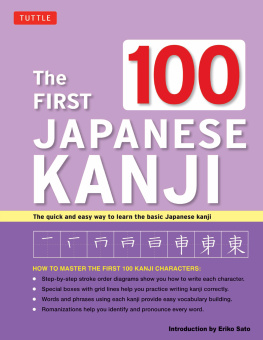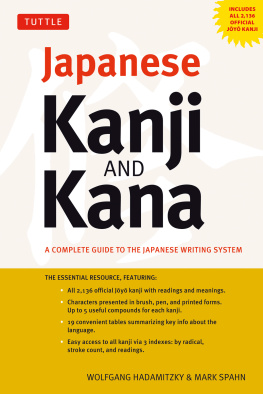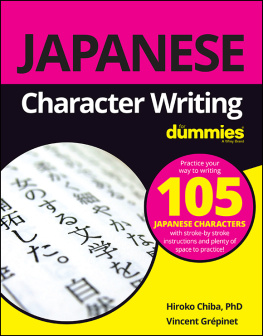Takezaki Kunii - An Introduction to Japanese Kanji Calligraphy
Here you can read online Takezaki Kunii - An Introduction to Japanese Kanji Calligraphy full text of the book (entire story) in english for free. Download pdf and epub, get meaning, cover and reviews about this ebook. year: 2013, publisher: Tuttle Publishing, genre: Children. Description of the work, (preface) as well as reviews are available. Best literature library LitArk.com created for fans of good reading and offers a wide selection of genres:
Romance novel
Science fiction
Adventure
Detective
Science
History
Home and family
Prose
Art
Politics
Computer
Non-fiction
Religion
Business
Children
Humor
Choose a favorite category and find really read worthwhile books. Enjoy immersion in the world of imagination, feel the emotions of the characters or learn something new for yourself, make an fascinating discovery.
- Book:An Introduction to Japanese Kanji Calligraphy
- Author:
- Publisher:Tuttle Publishing
- Genre:
- Year:2013
- Rating:3 / 5
- Favourites:Add to favourites
- Your mark:
An Introduction to Japanese Kanji Calligraphy: summary, description and annotation
We offer to read an annotation, description, summary or preface (depends on what the author of the book "An Introduction to Japanese Kanji Calligraphy" wrote himself). If you haven't found the necessary information about the book — write in the comments, we will try to find it.
This step-by-step Japanese calligraphy book explains the systems of Japanese language and delves into details of written Japanese characters and techniques of kanji calligraphy.The word calligraphy literally means beautiful writing. It is an art form that can be found in most civilizations with a written script. Originally developed to stress the importance of culture, religion and philosophy, over time calligraphy in most languages has developed into a purely artistic expression.In Japanese culture, kanji characters from the Japanese writing system are used in calligraphy. An Introduction to Japanese Kanji Calligraphy is an exploration of this Asian art form, and examines how calligraphic poetry developed in Japan. Written by a Japanese shodo master, it is a wonderful introduction to the beautiful art of Japanese calligraphy.Japanese Kanji Calligraphy includes:An introduction to Japanese calligraphy Background information on the modern Japanese language Hiragana and katakana charts An explanation of the tools of calligraphy A guide to correct calligraphy techniques Step-by-step calligraphy instructions An extensive kanji character library
Takezaki Kunii: author's other books
Who wrote An Introduction to Japanese Kanji Calligraphy? Find out the surname, the name of the author of the book and a list of all author's works by series.


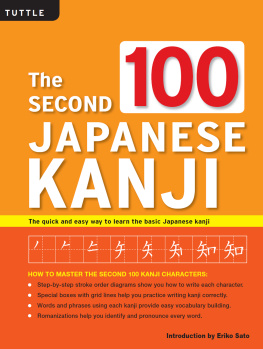
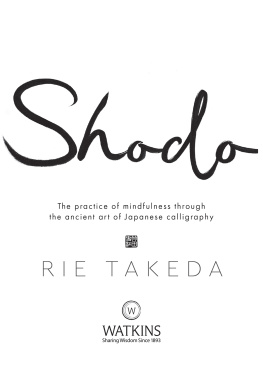
![Eriko Sato - My First Japanese Kanji Book: Learning kanji the fun and easy way! [Downloadable MP3 Audio Included]](/uploads/posts/book/406403/thumbs/eriko-sato-my-first-japanese-kanji-book-learning.jpg)
